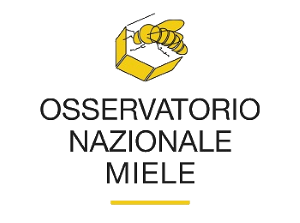Multifloral honey refers to honey that cannot be defined as monofloral honey. This definition should not be seen as a lack of identity or minor quality. There is not only one single type of multifloral honey because there are endless possible floral combinations. Every kind of multifloral honey has its own specific features that repeat themselves year after year with a smaller or greater degree of variability. However its basic distinctive features are always recognizable. The parallelism with vintage wines is the most suitable one.
Endless Hues of Multiflower Honey
Sometimes multiflower honey is made of a dominant plant species that makes up its core but which is not enough to define it as monofloral but at the same time it is not always accompanied by a constant concurrent flora. For instance the honey produced in Emilia Romagna with a dominant core of lucerne has more body than the same honey made only with lucerne.
One… two… one thousand colours
In other cases two flowerings of two different plants leading to two separate honey harvest can overlap for different reasons: in the Alp region it is quite common to have multiflower honey made of lime and chestnut tree honey mixed together.
This combination matches two very different and distinctive aromas. In other cases thousands of flowers contribute to the production of honey, especially in high mountain areas or in Mediterranean shrublands. In these cases it is impossible to ascertain a dominant note, however the final result is extraordinary!
Regional Multiflower Honey Varieties
In many areas multiflower honey varieties present with specific and constant features that are as regular and repetitive as the ones described above for unifloral honey varieties. As a consequence there are regional products that can be identified through designations of origin. Some of them are protected at European level (PDO, Protected Designation of Origin or PGI, Protected Geographical Indication). Most often the use of these designations is regulated at local level by producers’ associations that establish the compliance standards for the use of such labels. Especially in tourist areas, where the great demand increases the prestige and value of the product, it is advisable to choose products branded with this kind of designation.
An exciting journey
Discovering the different mixed flower honey varieties can be another very interesting journey, maybe even more enriching than the one on unifloral honey varieties because the object of discovery is somehow unique.

